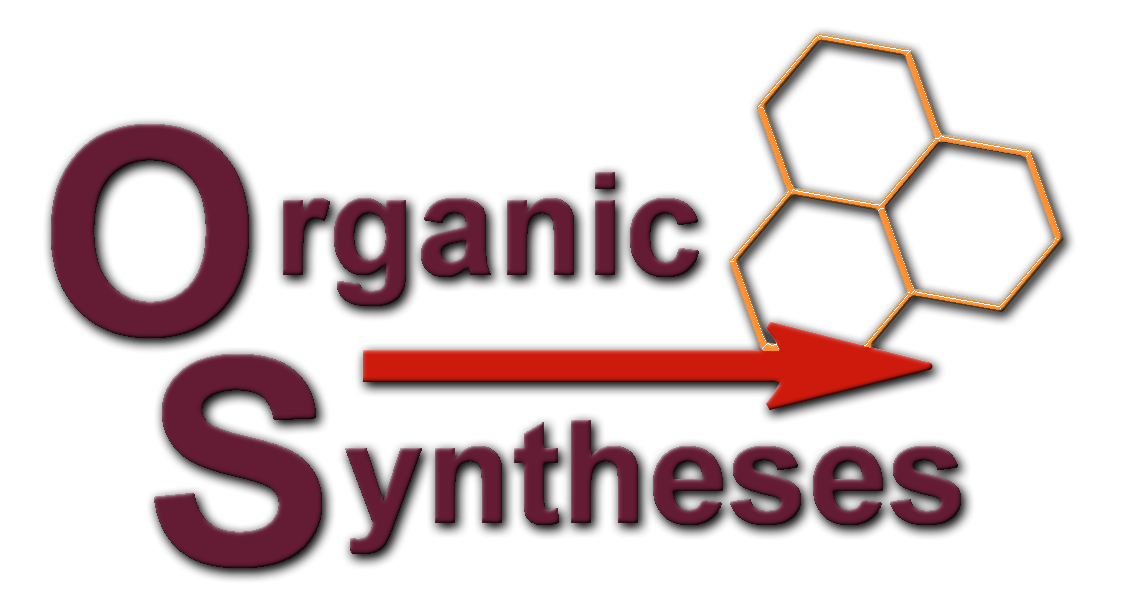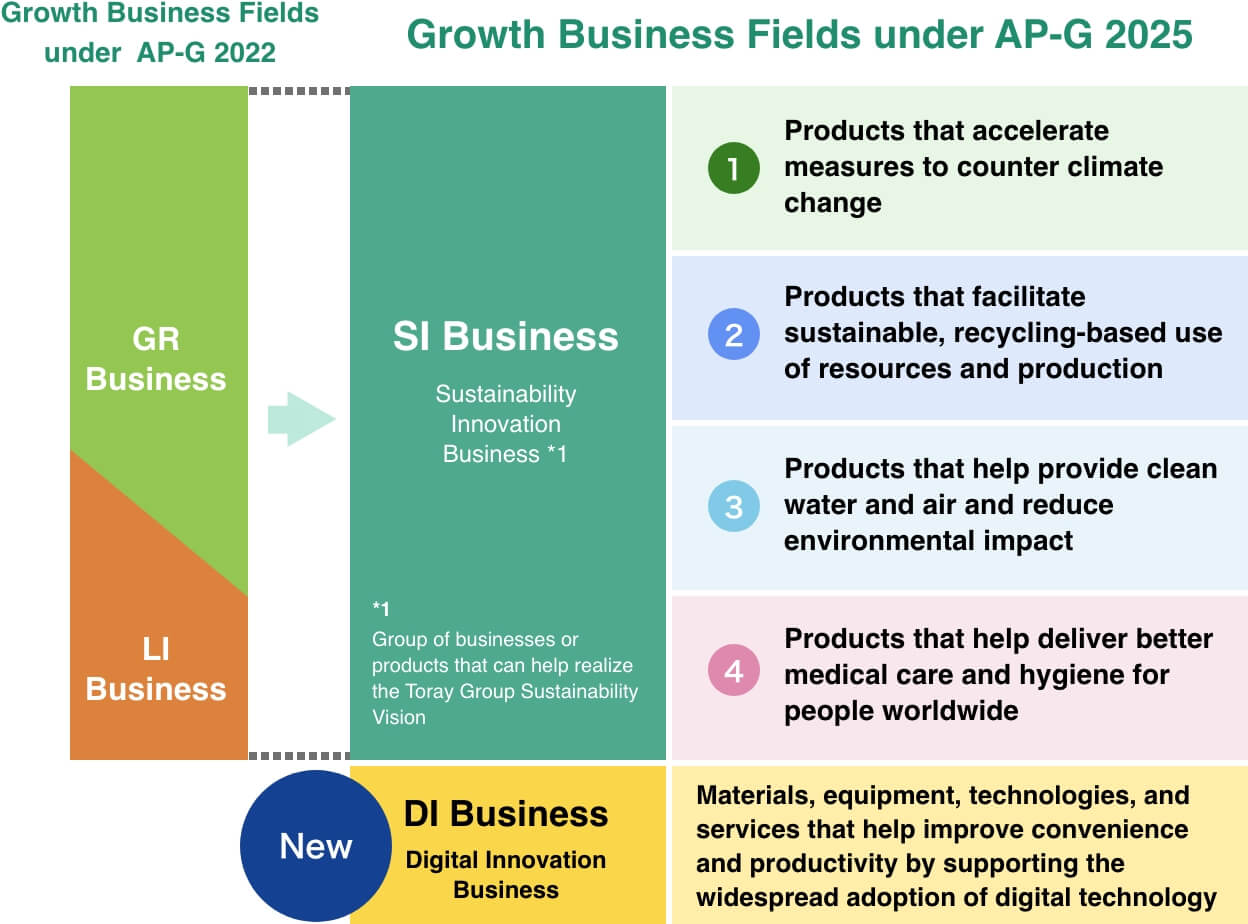Organic synthesis, a cornerstone of organic chemistry, involves the construction of complex organic molecules from simpler ones. It is both an art and a science, requiring creativity, precision, and a deep understanding of molecular behavior. This 1000-word article explores the principles, challenges, and significance of organic synthesis in various scientific fields.
Introduction to Organic Synthesis
Organic synthesis is the process of constructing organic compounds through controlled chemical reactions. It’s an essential practice in chemistry, enabling the creation of a vast array of molecules, from simple structures to incredibly complex ones, like those found in natural products and pharmaceuticals.
The Principles of Organic Synthesis
Organic synthesis is governed by fundamental principles that guide chemists in designing and executing synthetic routes:
- Selectivity: The ability to control where a reaction occurs on a molecule, which is crucial when dealing with multifunctional compounds.
- Functional Group Transformations: The conversion of one functional group to another, a common strategy in building complex molecules.
- Chemo-, Regio-, and Stereoselectivity: These concepts refer to the control over which part of the molecule reacts (chemo-), where the reaction occurs (regio-), and the spatial arrangement of atoms in the products (stereo-).
Types of Organic Synthesis
Organic synthesis can be classified into several types, each with its specific goals and methodologies:
- Total Synthesis: The complete synthesis of complex organic molecules from simpler, commercially available starting materials. It often targets naturally occurring compounds with biological or medicinal relevance.
- Methodological Synthesis: Focuses on developing new methods or improving existing ones to construct organic molecules.
- Semisynthesis: Involves modifying natural products to achieve compounds that are difficult to synthesize from scratch.
The Role of Catalysts
Catalysts are substances that speed up chemical reactions without being consumed. In organic synthesis, catalysts, particularly those that enable asymmetric synthesis, are crucial. They allow for the efficient and selective formation of products, often with less waste and under milder conditions.
Retrosynthetic Analysis: Thinking Backwards
Retrosynthetic analysis is a strategy used by chemists to plan the synthesis of complex molecules. It involves mentally breaking down the target molecule into simpler starting materials. This “reverse thinking” approach is a key skill in organic synthesis, guiding chemists through the maze of possible synthetic pathways.
Synthetic Strategies and Tactics
Organic synthesis involves a variety of strategies and tactics:
- Protecting Groups: Used to temporarily deactivate parts of a molecule during synthesis to prevent unwanted reactions.
- Functional Group Interconversion (FGI): Changing one functional group into another to facilitate further reactions.
- C-C Bond Formation: Central to organic synthesis, involving the creation of new carbon-carbon bonds, which is the backbone of organic chemistry.
The Challenge of Complexity
One of the greatest challenges in organic synthesis is complexity. Synthesizing complex molecules requires a deep understanding of chemical reactivity, the ability to predict how molecules will behave under different conditions, and the creativity to find new ways to build molecules.
Organic Synthesis in Drug Development
In pharmaceutical research, organic synthesis plays a pivotal role:
- Drug Discovery: Synthesis is used to create new compounds that may have therapeutic potential.
- Drug Development: Once a compound shows promise, synthesis is scaled up for clinical trials and eventual production.
Organic Synthesis and Natural Products
Natural products, often with intricate structures and potent biological activities, are a rich source of inspiration for organic chemists. The synthesis of these molecules, such as antibiotics, toxins, and hormones, has led to significant advancements in both chemistry and medicine.
Green Chemistry and Sustainability
Sustainability is increasingly important in organic synthesis. Green chemistry principles aim to make chemical processes more environmentally friendly by reducing waste, using renewable resources, and minimizing the use of hazardous substances.
Automation and Technology in Synthesis
The field of organic synthesis is also embracing technology:
- Automated Synthesis: The use of automated synthesizers allows for more efficient and precise chemical reactions, reducing the time and labor involved in complex syntheses.
- Computational Chemistry: Computational tools are used to model and predict the outcomes of chemical reactions, aiding in the design of synthetic routes.
The Future of Organic Synthesis
The future of organic synthesis lies in the continued development of new methods, catalysts, and strategies to build increasingly complex molecules more efficiently and sustainably. The ongoing fusion of chemistry with biology, materials science, and computational methods is expanding the boundaries of what can be achieved through synthesis.
Conclusion
Organic synthesis, at its heart, is a creative endeavor grounded in scientific principles. It involves building molecules with specific structures and functions, mirroring the complexity and diversity of the natural world. From the development of life-saving drugs to the creation of new materials, the art and science of building molecules through organic synthesis continue to play a crucial role in advancing technology and improving human life. As the field progresses, it promises to deliver new solutions to some of the world’s most pressing challenges, driven by the endless quest to understand and manipulate the chemistry of life.











